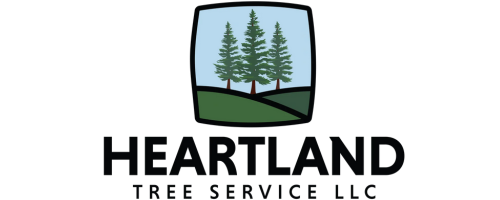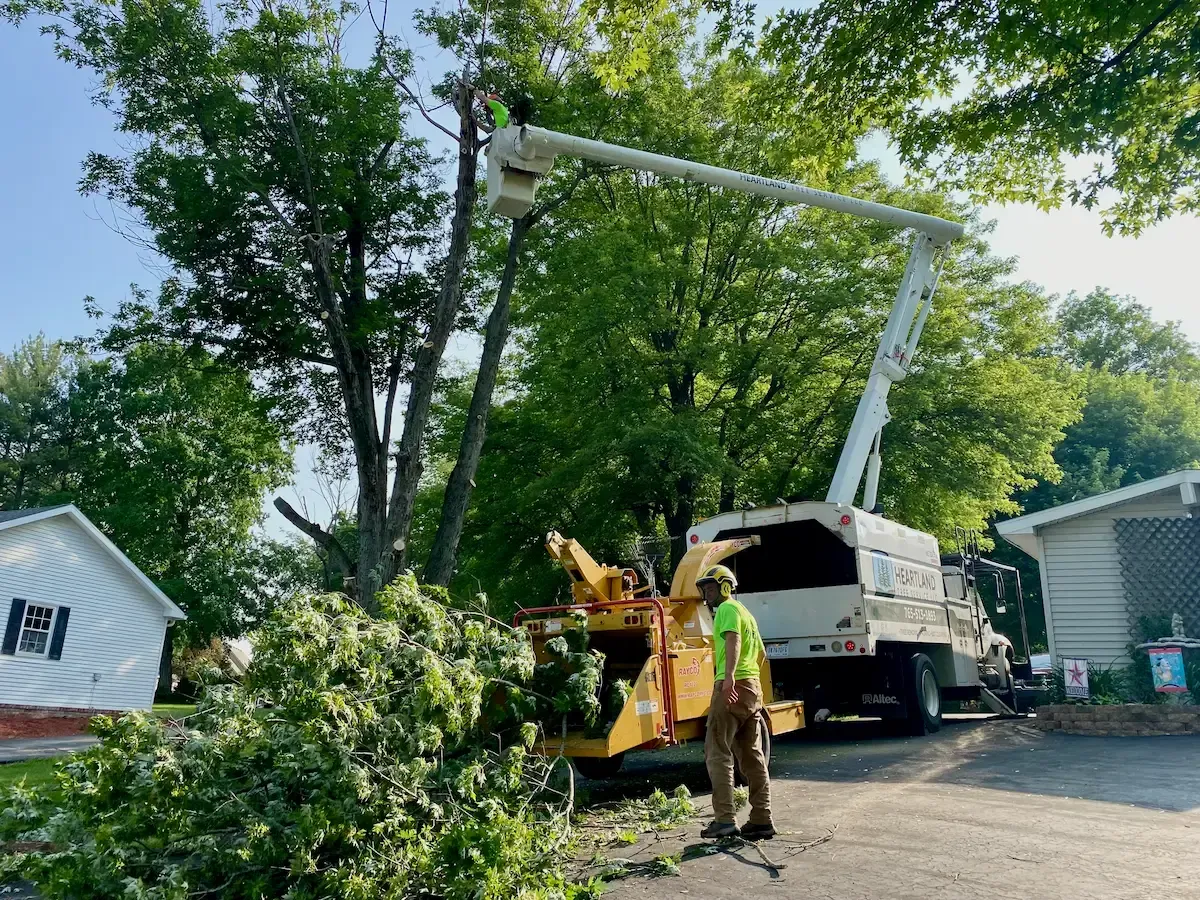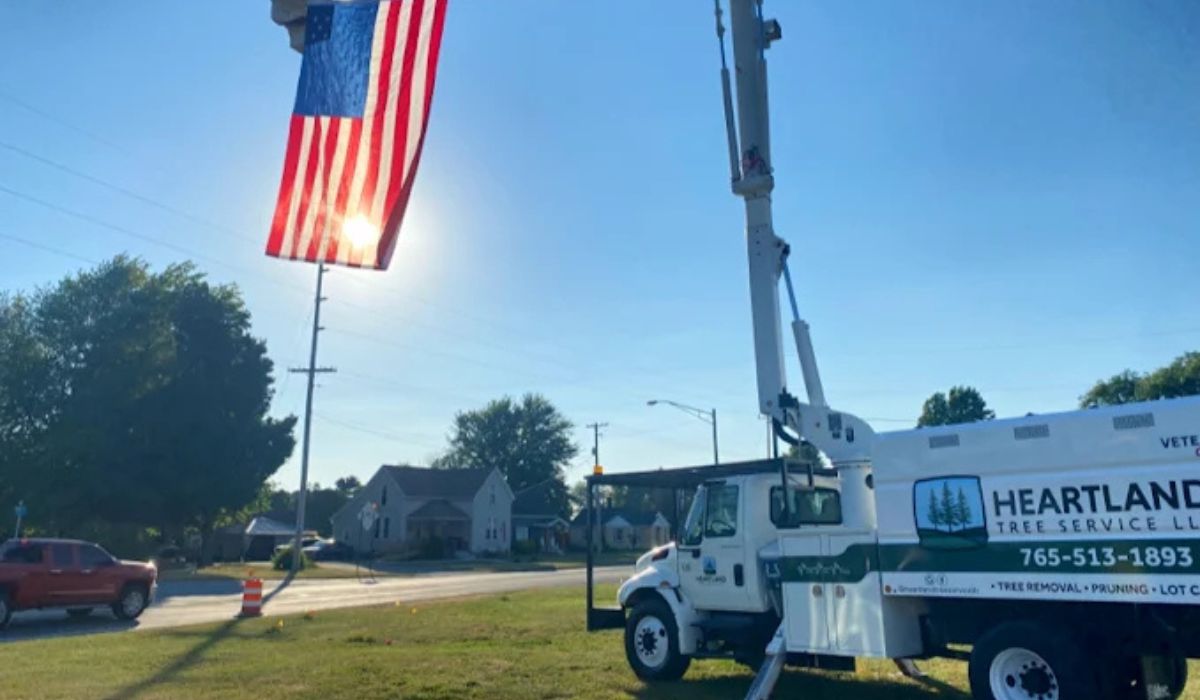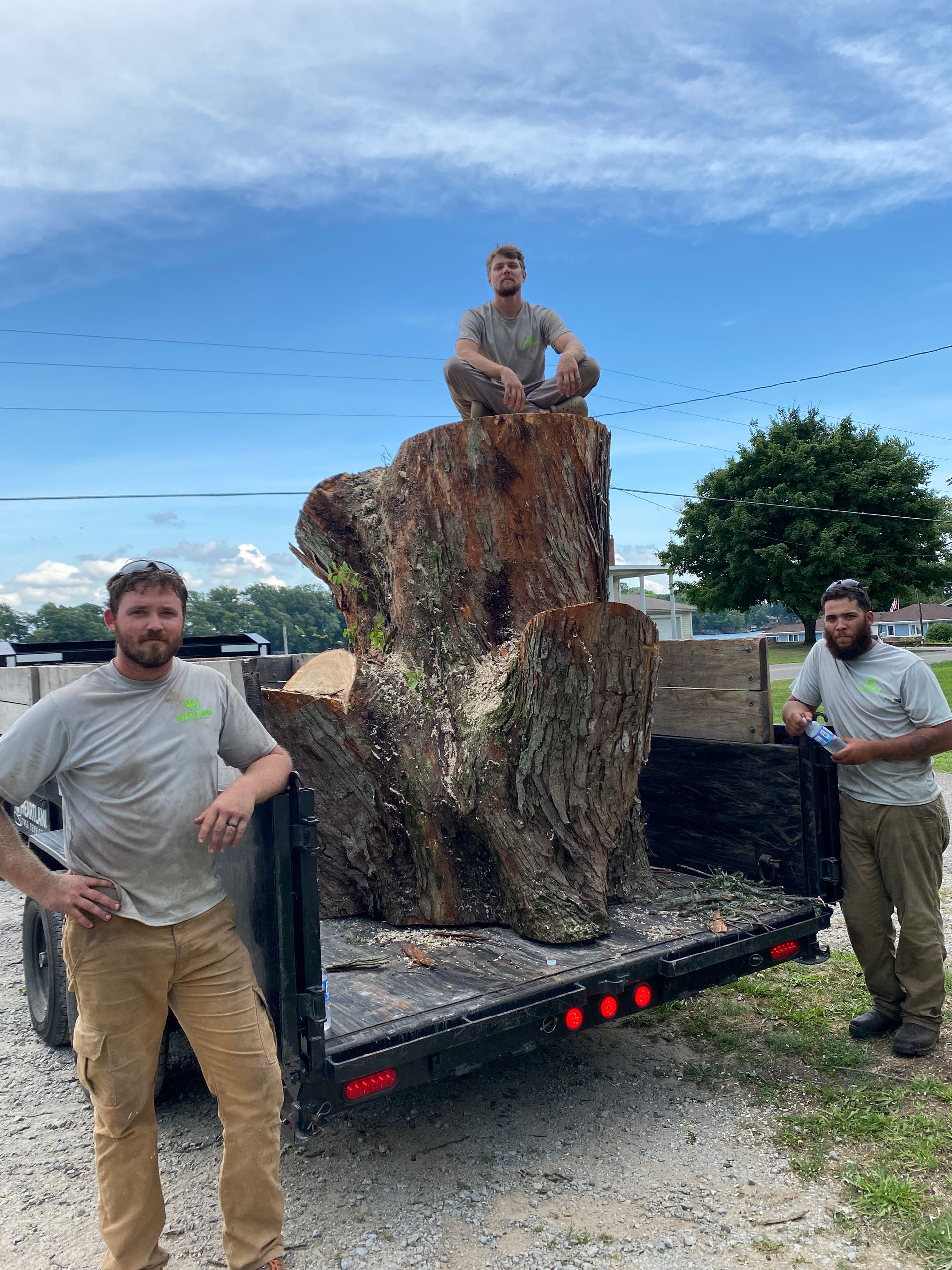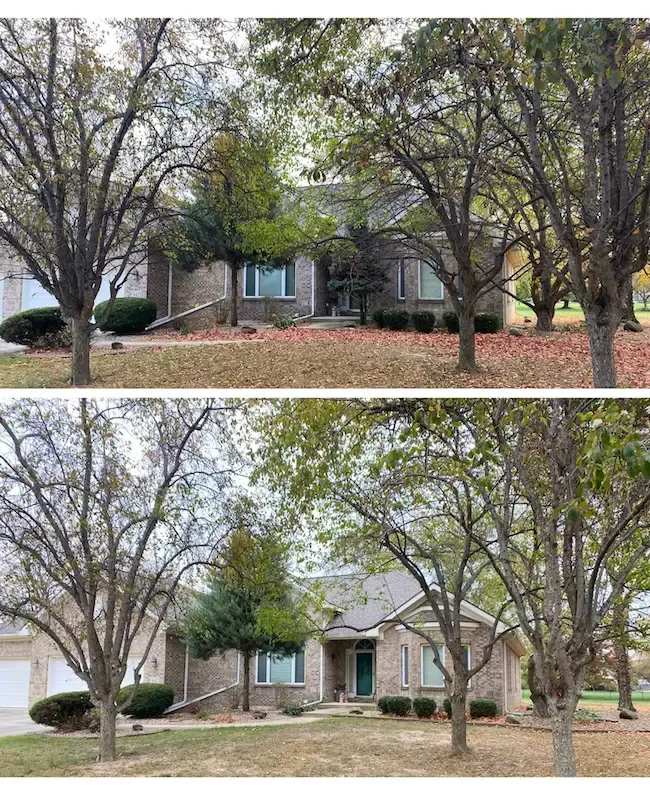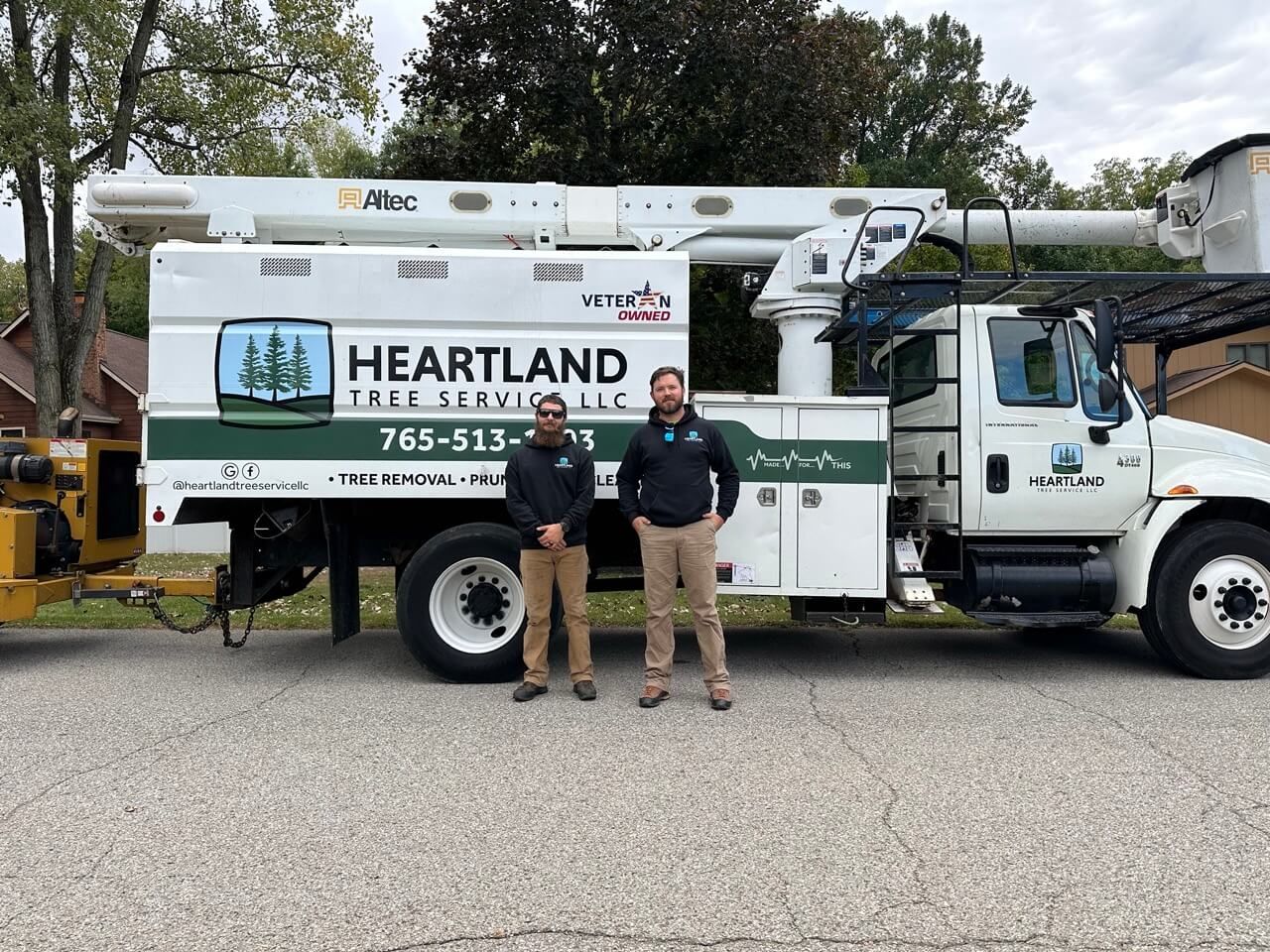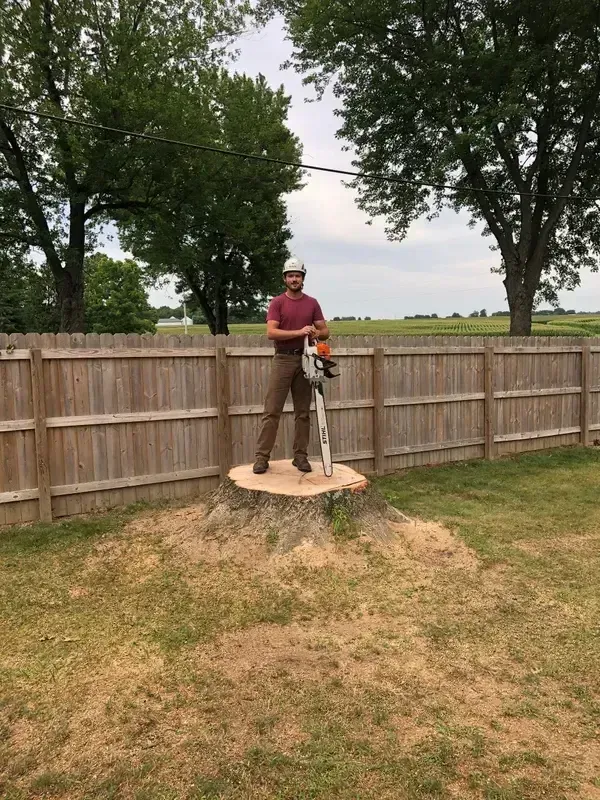Trees make a yard feel alive, yet when one grows weak or leans over the roof, taking it down is serious work. Good tree removal services handle the task with trained hands, strong equipment, and clear safety rules. Professional tree removal services offer numerous advantages for residential, commercial, and municipal properties, ensuring safety, enhancing aesthetics, and preventing potential hazards. Hiring professionals is often the wisest choice when dealing with tree removal needs.
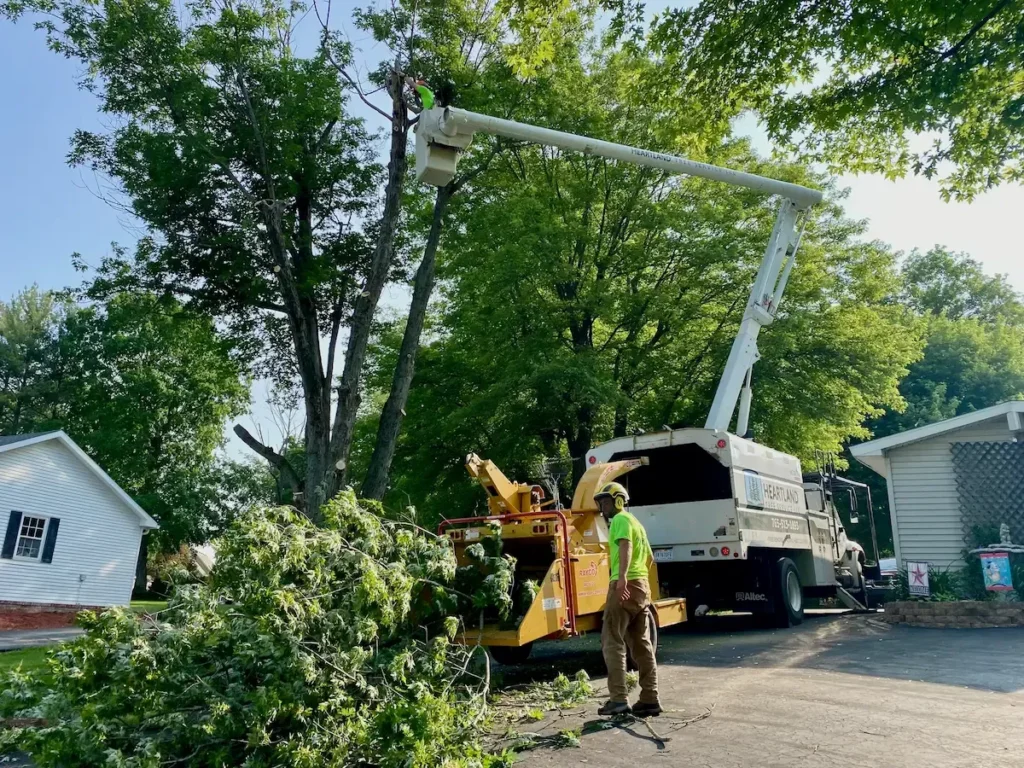
Safety First: No One Gets Hurt
Before a saw hums, a certified arborist from the fully insured crew walks the property, studies branch angles, checks soil, and maps hidden roots. Bright tape marks power lines, sheds, and play sets. Radios keep every team member in touch, so each branch drops exactly where planned, shrinking danger and homeowner liability to almost zero.
This careful survey means even smaller trees come down safely. Helmets, ropes, and lowering devices guide heavy trunk pieces past windows and fences. If the job involves dead limbs, extra padding protects the lawn while workers chip brittle wood. Safety is not luck, it’s a repeatable system refined through many projects across the tree service industry.
Big Tools Do Big Jobs Right
Large oaks can weigh several tons, far beyond any rented ladder or handsaw. Heartland’s bucket truck lifts climbers high into the canopy, and the crane swings cut trunk sections over garages without scratching shingles. Sharp chainsaws, hydraulic splitters, and powerful chippers form an efficient lineup designed for controlled tree cutting on tight suburban lots.
The ground crew feeds branches into the chipper, turning waste into mulch within seconds. Heavy logs slide onto a skid loader, then onto the waiting trailer. Because every tool is maintained daily, downtime stays low and costs stay contained. Visitors often note how smoothly the professional arborists coordinate each move, almost like a quiet dance. See more tools on our tree services page.
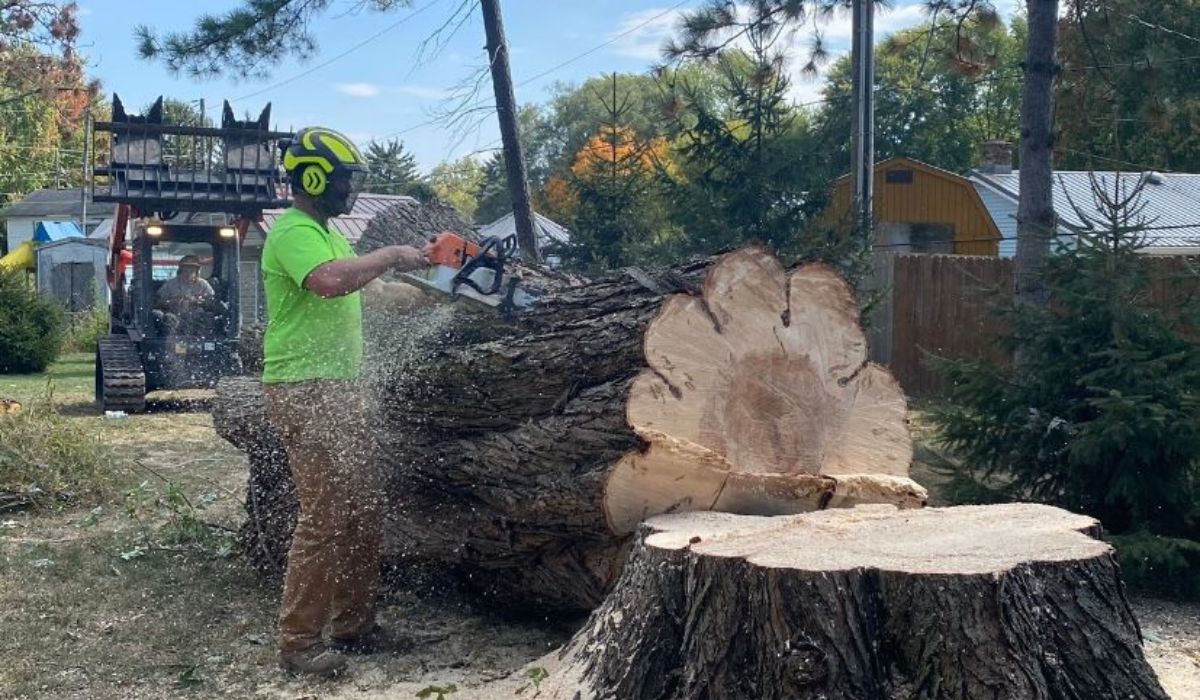
Save Time and Money in One Call
Do-it-yourself tree removal looks cheap until rental fees, dump charges, and extra weekends add up. A single call secures a free estimate that lists every factor height, location, access, and health of the tree. Once approved, the project finishes in hours, letting the family enjoy the yard again by dinner.
Bundling services such as stump removal, tree pruning of nearby limbs, and debris haul-off saves even more money compared with piecemeal hiring. Because the company owns all gear, there is no mark-up from rentals. The final price often surprises clients who assumed pro help would stretch the budget; details live in why tree removal costs what it does.
Guarding Your Home and Yard
A tree can weigh thousands of pounds, yet one misstep can flatten a rose bed. Crews shield the lawn with ground mats and wrap fragile shrubs with soft blankets. Plywood paths stop wheelbarrow ruts in wet soil. When each log lands, it rests on timbers that spread weight and protect roots.
Fence panels, patio stones, and garden lights stay untouched because ropes steer every cut. If a section hangs over a power line, the crane hoists it straight into the trailer. This care leaves the landscape looking tidy often cleaner than before saving homeowners repair bills later. For bigger clearing jobs, see land clearing in Kokomo.
Health Check: Helping Good Trees Stay Strong
An old stump is more than an eyesore—it keeps sending up shoots, crowds grass, trips children, and attracts carpenter ants that love damp wood. As soon as the tree is down, the crew wheels in a compact grinder with carbide teeth the size of quarters. The cutter head sweeps side to side, shaving the stump a sliver at a time until it sits roughly eight inches below ground level. That depth buries living tissue, so new sprouts never see daylight and lawn-mower blades pass safely overhead. The fresh cavity is back-filled with a mix of fine wood chips and topsoil; rain and microbes turn this blend into rich earth within a season.
Homeowners who garden can keep a tidy pile of extra chips for mulch, while those who prefer a clean slate ask the crew to haul everything away. Stubborn lateral roots that jut toward sidewalks get a second pass so they can’t heave concrete later. Before leaving, workers rake stray twigs, blow sawdust off patios, and sweep porches—checking gutters if the day was windy. What remains is a level patch ready for seed, sod, or a flowerbed. Booking this final step through stump removal in Kokomo spares you long-term tripping hazards, hidden nails, and the back-breaking labor of digging by hand.
Ready When Storms Hit
Indiana storms do not wait for office hours. When wind snaps branches onto a roof at midnight, the emergency tree service line reaches a live dispatcher who can send a crew within hours. Flood lights, wet-weather saws, and tarps ride on the first truck to stabilize the situation.
The team removes hanging wood, clears the driveway, and caps broken stubs to cut disease risk. Photos and notes help owners file claims with guidance from the insurance claims guide. Fast response limits water intrusion and restores calm after the storm.

